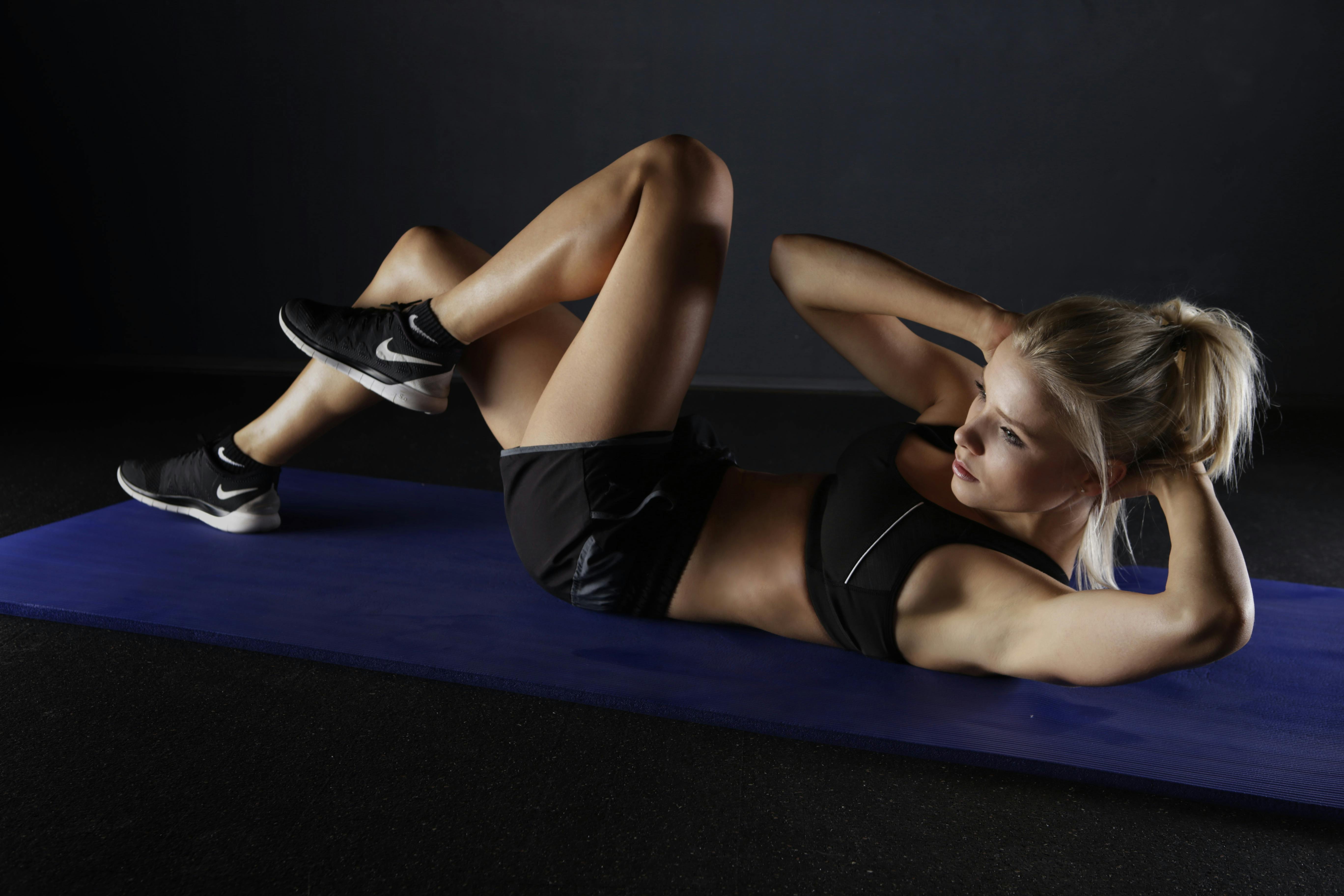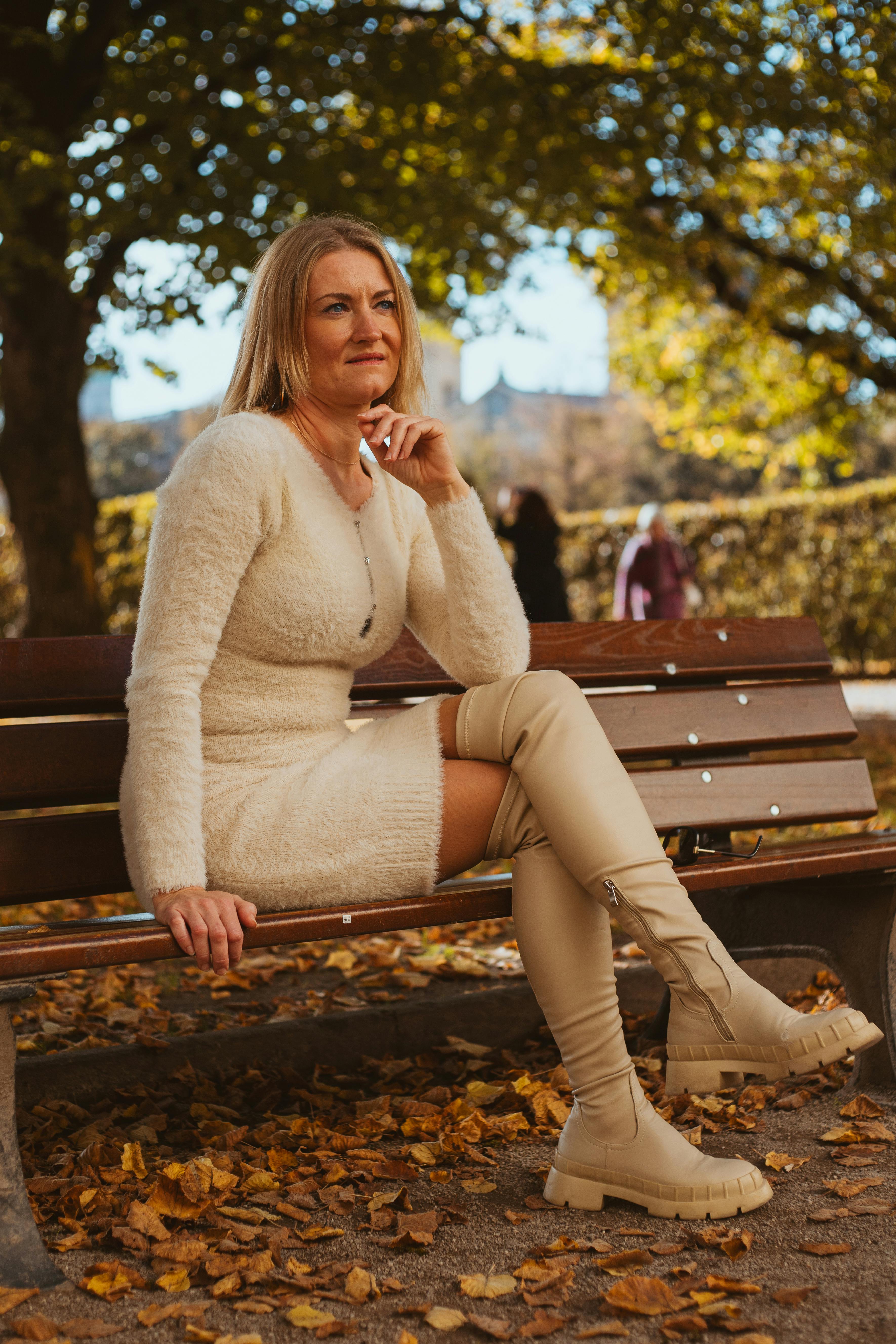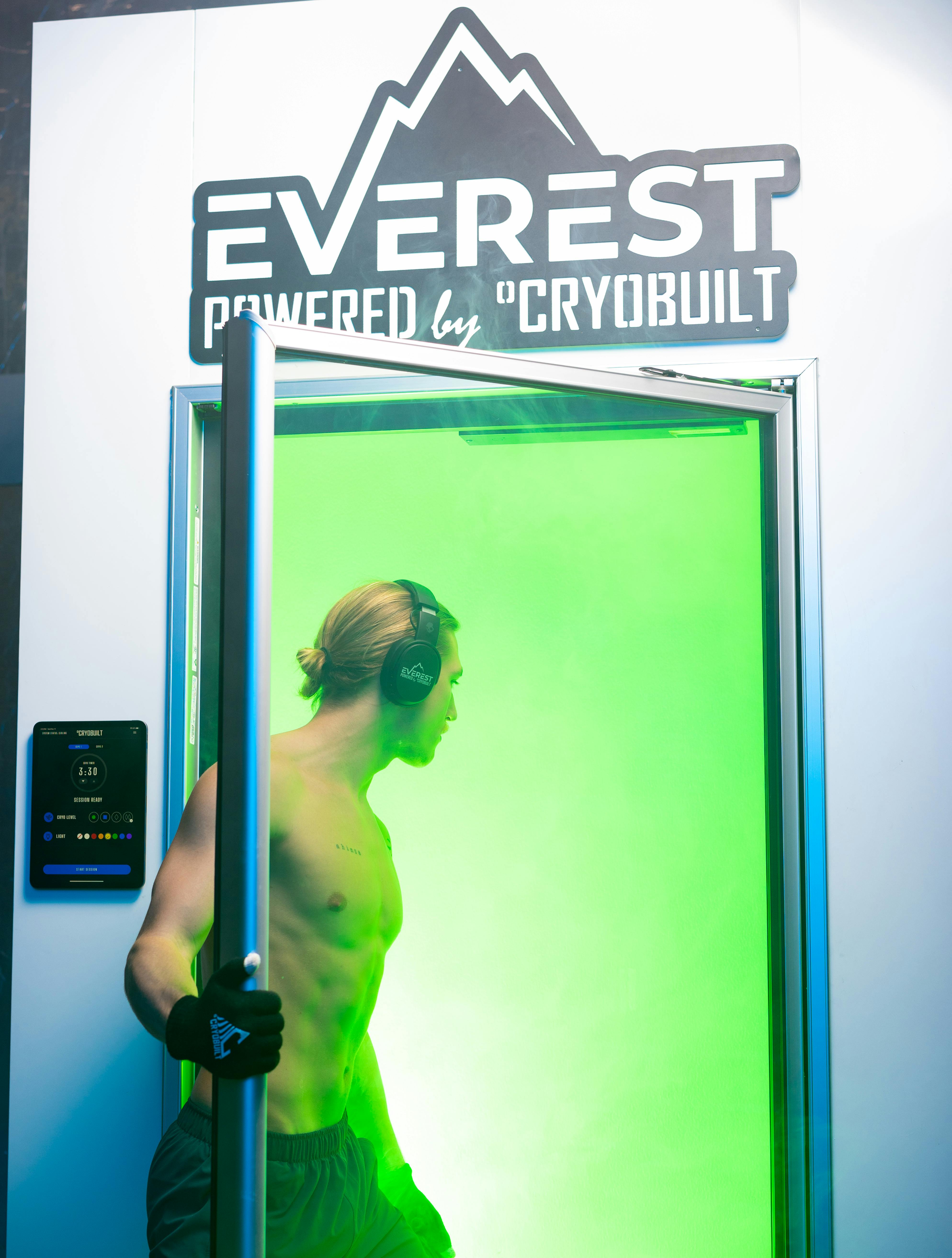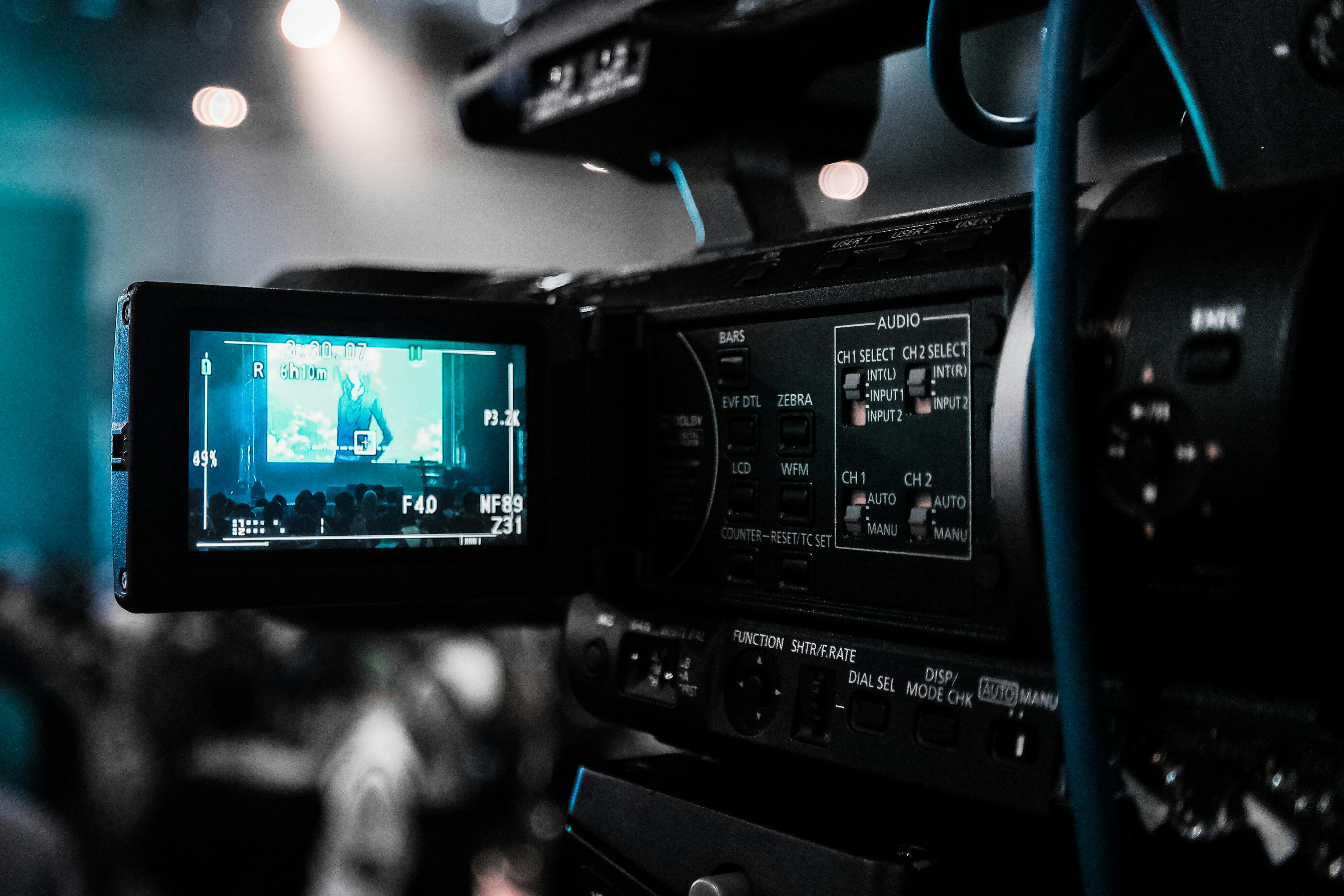Debunking Myths: The Truth About Exercise and Aging
Engaging older adults in regular physical activity remains a significant public health challenge. But what if we told you that exercise could be the fountain of youth we've been searching for? In the past, aging was often seen as an inevitable process of physical decline. As people aged, they were expected to slow down and live more sedentary lives. Exercise and physical activity were not seen as important for older adults as for younger ones. However, this perspective has changed dramatically over the past few decades.

The Science: Exercise as Anti-Aging Medicine
Modern research has shown that exercise has numerous benefits for older adults. It can improve heart health, boost cognitive function, enhance mobility, and reduce the risk of chronic diseases. Plus, it can also slow down the aging process at a cellular level. For instance, a study published in the European Heart Journal discovered that endurance exercise and high-intensity interval training can rejuvenate cells and reverse age-related decline in mitochondrial function.
Breaking Down the Benefits: Why Exercise Matters
Exercise can help older adults maintain their independence and quality of life. Regular physical activity can improve balance, flexibility, and strength, reducing the risk of falls and injuries. It can also enhance mental well-being by alleviating symptoms of depression and anxiety.
However, starting an exercise program can be challenging for older adults. They may face barriers like health concerns, fear of injury, lack of motivation, or belief in certain myths about aging and exercise.
Debunking Myths: Exercise and Aging
Let’s debunk some common misconceptions that may prevent older adults from exercising:
- Myth: “It’s too late to start exercising.”
Fact: It’s never too late to start. Even moderate physical activity can have health benefits.
- Myth: “Exercise will lead to injuries.”
Fact: Regular exercise can actually reduce the risk of falls and injuries by improving strength and balance.
- Myth: “I’m too old to exercise.”
Fact: Age is not a barrier to exercise. Physical activity can be adapted to match an individual’s abilities and health conditions.
Practical Tips: Making Exercise a Habit
- Start Slow: Begin with low-intensity activities like walking or gentle yoga.
- Find Fun Activities: Choose activities you enjoy to make exercise more enjoyable.
- Set Realistic Goals: Start with small, achievable goals to stay motivated.
- Get Medical Clearance: Always consult your doctor before starting a new exercise program.
In conclusion, exercise is not just for the young. It’s a powerful tool that can enhance health, well-being, and longevity, even in older adults. By debunking misconceptions and understanding the science behind exercise and aging, we can empower more older adults to embrace physical activity and reap its many benefits.





